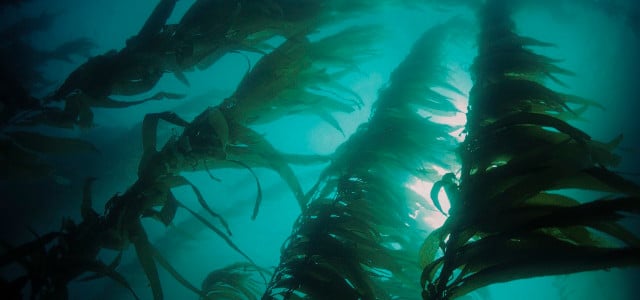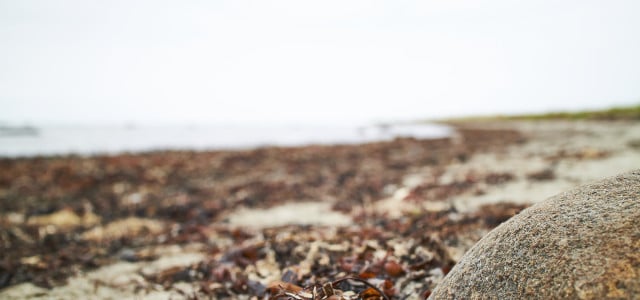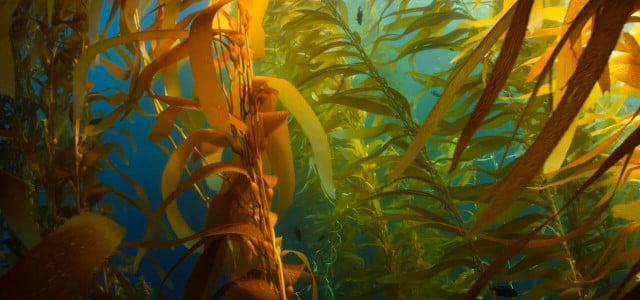Kelp vs seaweed, is there even a difference? If you think these terms refer to the same plant, you'd be mistaken. Learn about what makes each type of plant unique.
Once overlooked and underappreciated, kelp and seaweed have recently found themselves in the spotlight as we seek more sustainable ways of nourishing our bodies and healing our planet. Both aquatic plants are forms of multicellular algae and therefore have similar biological properties. In fact, “seaweed” is a general term that encompasses many species of macroalgae that grow in the sea, including kelp.
So, all kelp is seaweed, but not all seaweed is kelp, and all seaweeds are types of algae, but not all algae are seaweeds. Confused? Don’t worry, we’re still going to look at some of the unique qualities of kelp vs seaweed that will help you identify the key difference between this sea flora.
Kelp vs Seaweed: Biological Differences
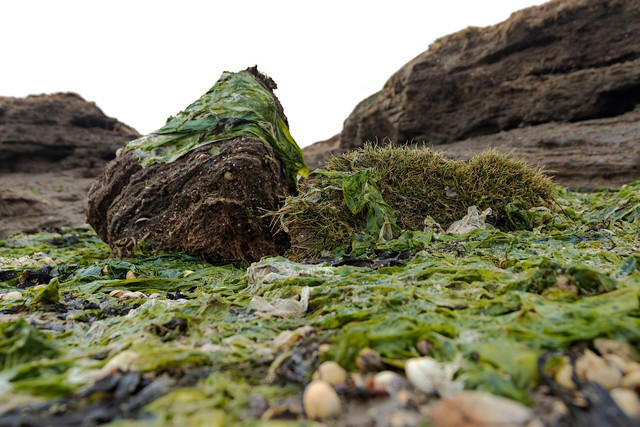
(Foto: CC0 / Pixabay / hs-photografie)
From a biological perspective, kelp and seaweed are both members of the kingdom Protoctista but are classified generally as algae within this kingdom. Kelp refers specifically to large seaweeds that grow in shallow, waters along rocky coastlines, while seaweed is a more general term that encompasses a variety of marine algae. Some other key differences when looking at kelp vs seaweed include:
1. Size
Kelp can be distinguished from other types of seaweed by its size, as kelp can grow to be much larger than other types of seaweed. Other varieties of seaweed, on the other hand, usually grow smaller, with most species only a few feet or less long.
2. Habitat
While seaweed can be found in a wider range of habitats, from rocky shorelines to open water, kelp is typically found in large groups in colder, nutrient-rich waters such as those found in the Northern Pacific and Atlantic Oceans. These kelp “forests” are some of the most biodiverse ecosystems on Earth, providing a habitat for many marine species, including sea otters, sea urchins, and many fish and shellfish.
3. Appearance
The appearance of kelp and seaweed can vary greatly depending on the species and the environment in which they grow. Kelp typically has a brown or golden color and long, wide fronds that flow gently in the ocean currents. Kelp fronds may be smooth or ruffled and have small gas-filled bladders that help the plant float and absorb sunlight. Seaweed is smaller and more delicate than kelp. It may have thin, lacy fronds or flat, leafy blades. The small bladders or air sacs found in some species of seaweed are smaller and less visible than those found in kelp.
The Difference in Consumer Products
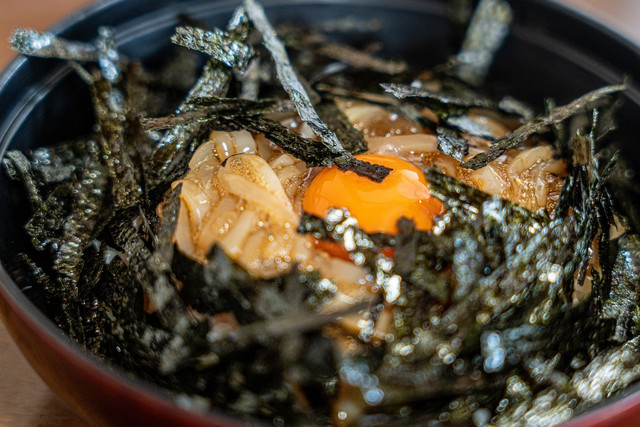


(Foto: CC0 / Pixabay / T_Kohei)
From a consumer’s standpoint, the terms kelp and seaweed are often used interchangeably to describe various species of marine plants, which can lead to some confusion. However, there are again a few things to know when comparing kelp vs seaweed in consumer products.
1. Nutritional Content
From a nutritional standpoint, both kelp and seaweed are rich in vitamins and minerals, such as iodine, magnesium, calcium, and iron. However, kelp is higher in iodine than other types of seaweed, making it a popular supplement for those with iodine deficiency. Seaweed is rich in fiber, making it a great addition to a healthy diet.
2. Culinary Uses
Kelp and other brown algae are often used in savory dishes, like soups, broths, and stews. Kelp, like the popular variety known as kombu, has many uses, primarily in Japanese cuisine. The umami flavor of kelp adds depth and richness to dishes. Kelp is also used to make kelp noodles and kelp powder. Other types of seaweed, like nori and dulse, are used in which you can use to make your own sushi as well as other dishes and snacks.
3. Cosmetic Uses
Kelp is used in cosmetics for its anti-inflammatory properties, which can help soothe and moisturize the skin, and other nutrients that can nourish and strengthen the hair. Seaweed is often used in cosmetics because of its potential anti-aging properties. It contains antioxidants that can help protect the skin from environmental damage and reduce the appearance of fine lines and wrinkles.
Sustainability of Kelp vs Seaweed
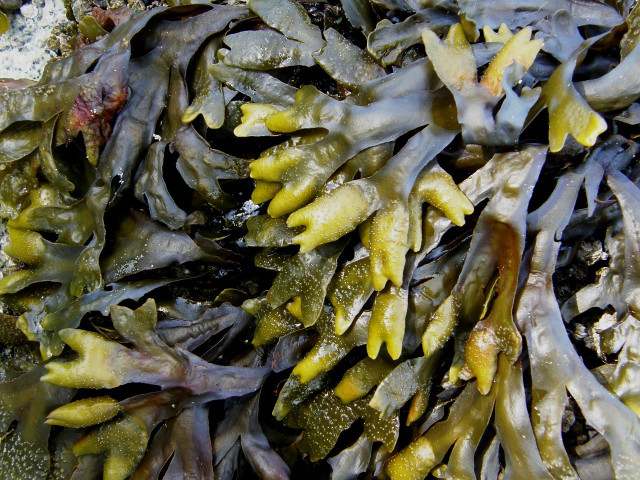


(Foto: CC0 / Pixabay / HealthyBacon)
For centuries, humans have harvested kelp and seaweed for a variety of uses. However, with their rapid growth rates, ability to sequester carbon, and potential as a low-impact, high-yield food source, these plants have now become something of a beacon of hope in a world where our resources are stretched thin.
Yet, as with any precious resource, there are concerns about the sustainability of harvesting kelp and seaweed on a large scale. While these plants can regenerate quickly and are generally resilient to environmental changes, over-harvesting and poor management practices can still lead to the depletion of local seaweed populations.
Thankfully, efforts are being made to ensure that kelp and seaweed are harvested sustainably. By carefully monitoring populations, limiting harvest amounts, and using environmentally friendly methods of cultivation, we can ensure that these plants continue to thrive for generations to come.
Read more:
- What Is Agar Agar and How Do You Use It?
- 11 Superfoods for Energy, but Also Sustainability
- Why to Build a Natural Swimming Pond: Pros and Cons
Do you like this post?






